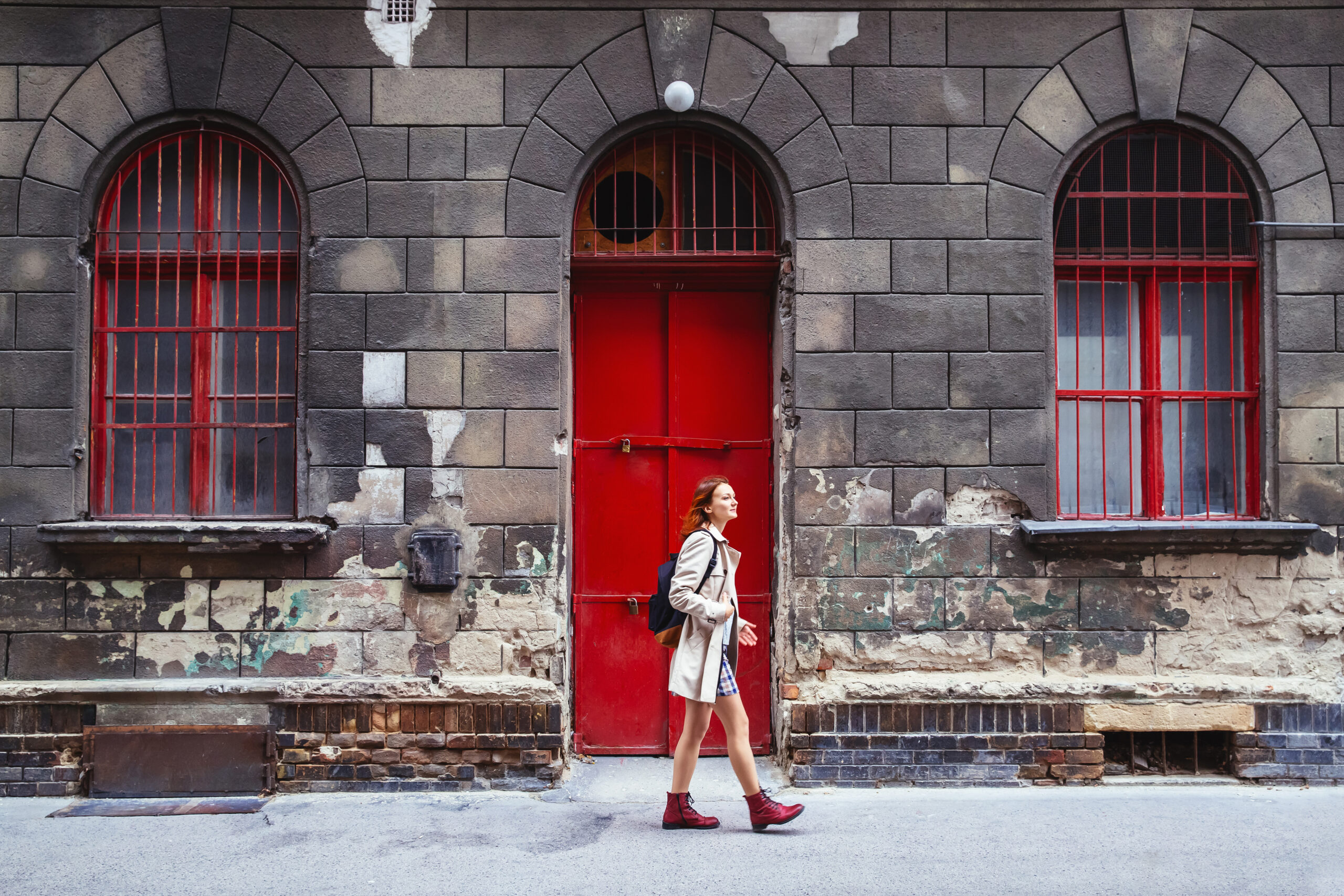
In the ever-evolving digital age, the preservation of cultural heritage is no longer confined to dusty museum shelves. As technology seamlessly intertwines with the rich tapestry of human history, we embark on a journey through the captivating world of “Art & Culture Trails, Europe.” This blog delves deep into the innovative ways technology is revolutionizing cultural preservation, taking you on a fascinating exploration of Europe's diverse cultural landscapes.
The Essence of Art & Culture Trails
Cultural preservation has undergone a paradigm shift, with Art & Culture Trails emerging as a transformative concept. These trails weave together the colorful threads of Europe's heritage, transcending geographical boundaries. By combining technology with traditional methods, we are on the brink of a cultural renaissance.
Unearthing the Past with Augmented Reality (AR)
Augmented Reality has breathed new life into museums and historical sites. Visitors can now wear AR glasses or use mobile apps to witness historical events as if they were happening in real-time. By bridging the gap between past and present, AR creates an immersive experience that ignites curiosity and understanding.
Virtual Museums: The Digital Revolution
Museums have transcended their physical confines and entered the digital realm. With virtual museums, art enthusiasts from around the world can explore European masterpieces from the comfort of their homes. From the Louvre in Paris to the Uffizi Gallery in Florence, these virtual tours allow us to appreciate the intricacies of European artistry.
3D Scanning and Printing: Preserving Precious Artifacts
The meticulous art of 3D scanning and printing has paved the way for the preservation of fragile artifacts. This technology allows for the recreation of sculptures, historical relics, and architectural marvels with unprecedented precision. It's like taking a piece of history and preserving it for eternity.
Crowdsourced Cultural Preservation
Technology has empowered individuals to contribute to cultural preservation through crowdsourcing. Platforms like Wikipedia, Wikimedia Commons, and citizen-driven initiatives are making it possible for anyone to become a curator of our shared heritage.
AI-Driven Data Analysis: Unveiling Hidden Narratives
The realm of cultural preservation is not just about safeguarding artifacts; it's about discovering the untold stories they hold. AI, with its analytical prowess, has the ability to unlock narratives that have long remained hidden.
Language Analysis
Natural Language Processing (NLP) algorithms are unraveling the secrets of ancient manuscripts and texts. They can decipher languages that are no longer spoken, providing fresh insights into historical accounts.
Pattern Recognition
Art historians are now relying on AI to identify patterns and influences in artwork. This technology can trace the evolution of artistic styles, shedding light on cultural shifts and artistic movements.
A Journey Across Europe's Art & Culture Trails
Let's embark on a virtual journey across Europe's captivating Art & Culture Trails. From the medieval castles of Germany to the Renaissance art of Italy, these trails offer a glimpse into the heart of Europe's cultural heritage.
The Romantic Rhine: A Digital Odyssey
Explore the enchanting castles and vineyards of the Rhine Valley, where augmented reality brings knights, troubadours, and princesses to life. Witness the magic of the Lorelei Rock and immerse yourself in the legends of this iconic river.
Florence: A Renaissance Masterpiece
In Florence, the birthplace of the Renaissance, take a virtual stroll through the Uffizi Gallery. Admire Botticelli's “The Birth of Venus” and Michelangelo's “David” as if you were standing before the original artworks.
The Digital Louvre Experience
Step into the digital world of the Louvre in Paris, home to the enigmatic Mona Lisa. AI guides you through the museum's vast collection, revealing the stories behind each piece, and letting you explore in-depth details.
The Mysterious Stonehenge
Head to England to uncover the mysteries of Stonehenge. With 3D scanning and printing technology, you can touch the ancient stones and unravel the enigma of this UNESCO World Heritage Site.
Final Words
In a world where technology and culture converge, the preservation of our shared heritage has taken on a new dimension. Art & Culture Trails in Europe, empowered by AR, VR, AI, and crowdsourcing, offer a unique opportunity to experience the past in a way we've never imagined. These trails are not only preserving history but also making it more accessible and engaging for future generations.
Commonly Asked Questions
1. How does augmented reality enhance the cultural experience?
Augmented reality brings history to life by overlaying digital information on the physical world. It enriches the cultural experience by offering immersive, interactive, and educational insights.
2. Can AI really decipher ancient languages?
Yes, AI-powered language analysis tools can decipher ancient languages by recognizing patterns and linguistic structures, aiding in the translation of historical texts.
3. Are virtual museums as engaging as physical ones?
Virtual museums offer a unique and engaging experience by allowing visitors to explore artworks and artifacts in great detail from the comfort of their homes, providing a different yet equally enriching experience.
4. How does 3D scanning and printing benefit cultural preservation?
3D scanning and printing technology enables the meticulous reproduction of fragile artifacts and sculptures, ensuring their preservation for future generations.
5. What's the role of crowdsourcing in cultural preservation?
Crowdsourcing allows people from around the world to contribute to the documentation and preservation of cultural heritage, making it a collective effort that transcends borders and institutions.





